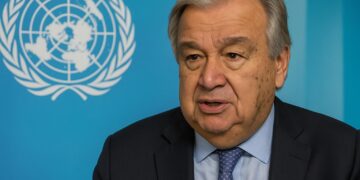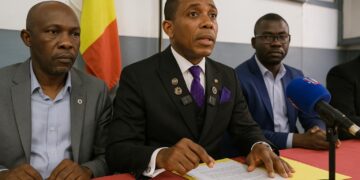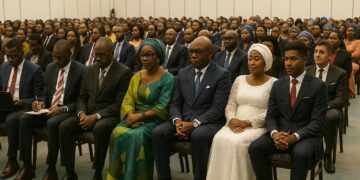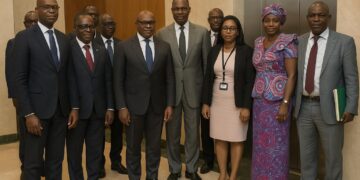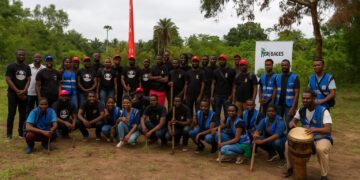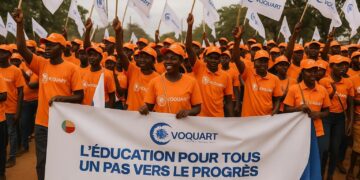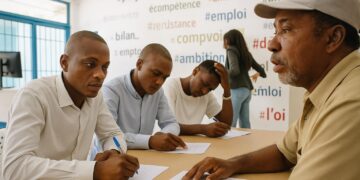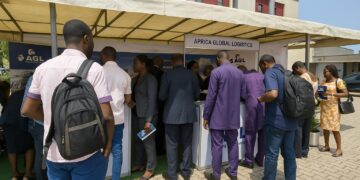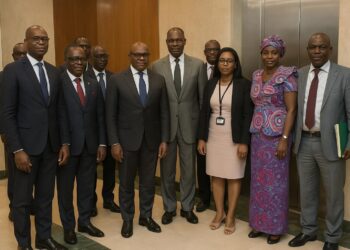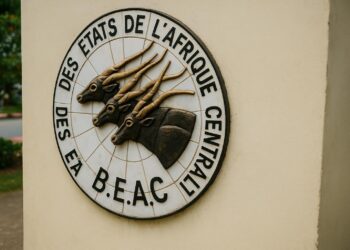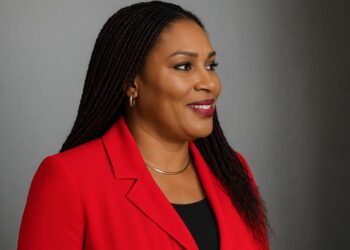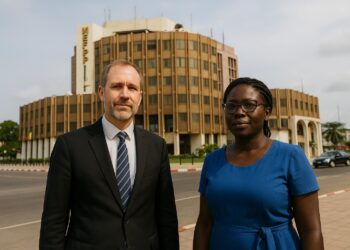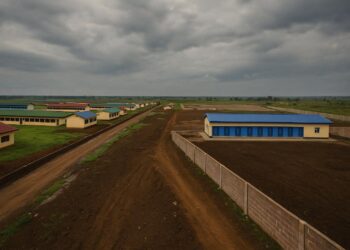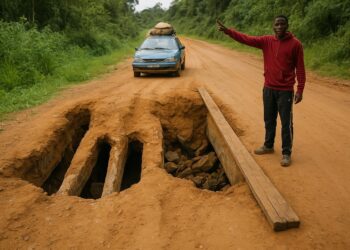Demographic Surge Shapes Labor Dynamics
Africa’s demographic engine is accelerating. African Development Bank chief economist Kevin Chika Urama reminded delegates in Brazzaville that, within a single generation, the continent could employ one worker out of every three worldwide, reshaping global industrial location strategies and deepening the pool of consumers demanding goods and services.
Demographers attribute the surge to sustained fertility rates, gradual improvements in health infrastructure and a cohort of young people entering adulthood simultaneously. Unlike ageing regions elsewhere, Africa therefore anticipates a demographic dividend that, if translated into productive jobs, may lift household incomes and reinforce macroeconomic stability across governments.
Yet population volume alone is not destiny. Training systems, labour mobility frameworks and digital connectivity will determine whether the future workforce enhances competitiveness or fuels underemployment. Urama urged policymakers to coordinate education, vocational programmes and continental free trade arrangements to match skills with regional production clusters more efficiently.
A Continent-Sized Clean Energy Reserve
Alongside labour growth, Africa controls roughly forty-five percent of global renewable energy potential, according to the Bank’s communication. Vast solar irradiation belts, steady wind corridors and hydro basins position the continent as a natural supplier of green electrons to domestic industries and eventually energy-hungry partners across global value.
Multilateral financiers regard the clean asset base as essential for meeting Paris Agreement targets while preserving fiscal space. By leveraging concessional climate funds alongside private capital, several governments, including the Republic of Congo, can accelerate grid upgrades, expand mini grids and attract manufacturers seeking low-carbon supply chains domestically.
Nevertheless, transmission bottlenecks remain acute. Grid interconnections among Economic Community of Central African States members lag peer blocs, inflating tariffs and curbing cross-border power sales. Analysts argue that targeted regulatory harmonisation and predictable off-taker agreements could unlock latent gigawatts, offering investors revenue clarity and reducing currency mismatch exposure.
Agriculture’s Trillion-Dollar Promise
Agriculture constitutes Africa’s oldest industry and, by 2030, the Bank estimates its market value could exceed one trillion dollars. Fertile basins from the Niger Delta to the Congo River already generate export crops, yet only a fraction of arable land is irrigated or equipped with post-harvest infrastructure today.
Stakeholders at the Brazzaville forum described upstream-downstream integration as a catalyst for rural incomes. Warehousing, cold-chain logistics and digital commodity exchanges can limit losses and stabilise producer prices. Urama emphasised that modernised value chains would also help substitute certain food imports, enhancing external balances and national food security.
Concessional credit remains pivotal. Development banks have rolled out blended-finance facilities targeting irrigation equipment, climate-smart seeds and agro-processing lines. Where commercial lenders perceive elevated risks, partial guarantees can crowd in domestic pension funds, whose assets are expanding alongside formal employment growth predicted for the coming decade across Africa.
Growth Leaders Emerge Across Africa
The African Development Bank projects that fifteen of the world’s fastest growing economies in 2025 will be African. Momentum arises from hydrocarbon producers recalibrating investment, mineral exporters benefiting from energy-transition metals demand, and diversified economies such as Rwanda and Côte d’Ivoire sustaining high public-investment cycles and private inflows.
For Central Africa, the Republic of Congo eyes downstream gas valorisation, timber processing and special economic zones to shift beyond raw exports. Officials argue that predictable regulation and logistics corridors linking ports to hinterland hubs can place Brazzaville’s economy within the continent’s top-performing bracket cited by the Bank.
Policy and Workforce Preparation
Economic acceleration is contingent on skills policy. Continental negotiators under the African Continental Free Trade Area are drafting mutual recognition instruments for professional qualifications. Harmonised standards could enable Congolese engineers, Kenyan coders or Ghanaian agronomists to deploy where projects arise, smoothing labour shortages and boosting remittance flows regionally.
Meanwhile, education ministries prioritise science, technology, engineering and mathematics. Partnerships with private training centres and multinational employers are expanding apprenticeship slots, ensuring that tomorrow’s technicians can operate solar farms, agro-industrial plants and digital platforms. The emphasis on practical curricula seeks to convert Africa’s youth bulge into innovation capacity.
Investor Sentiment and Risk Calibration
Portfolio managers still weigh currency volatility, governance standards and infrastructure gaps when allocating capital. However, ample headroom for catch-up growth offers diversification benefits, particularly as advanced economies confront demographic stagnation. Emerging blended-finance instruments help redistribute risk, while sovereigns refine legal frameworks to signal long-term policy consistency to investors.
Secondary markets are maturing. Eurobond repricing episodes in 2022 prompted treasuries to deepen local-currency debt markets, offering pension and insurance funds longer-dated paper. Transparent auction calendars, improved credit ratings dialogue and regional payment systems such as CEMAC’s GimacPay strengthen confidence, lowering the cost of capital over time appreciably.
Outlook Toward 2050
Taken together, a rapidly expanding workforce, unmatched renewable assets and an enormous agricultural horizon could propel Africa into a central role within global value chains by mid-century. With coordinated reforms, countries such as the Republic of Congo may convert projected demographic strength into inclusive prosperity and macroeconomic resilience.




